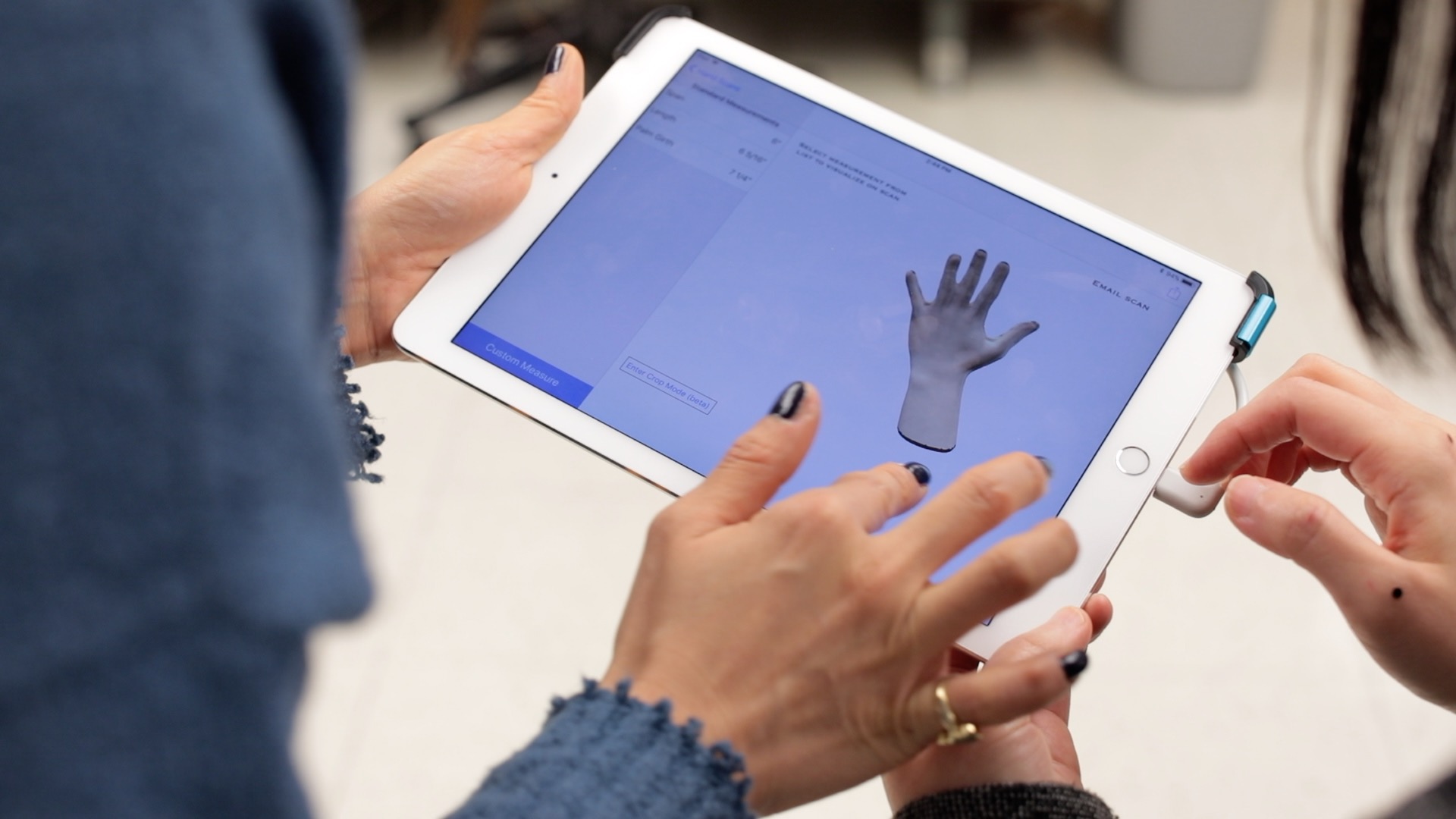For years, female emergency professionals have often been overlooked when it comes to providing safe and secure work equipment. But one national apparel design research group is working to change that.

In this interview, Linsey Griffin (Apparel Design) discusses the challenges female firefighters face wearing ill-fitting protective equipment and the strides that the NC-170 research group is making towards improving wearable products.
Why is your research focused specifically on female firefighters?
Male-dominant career fields, such as construction and firefighting have seen an increase in the diversity of their workers. However, there are major inadequacies in the fit and function of protective products for female workers, leaving them more prone to injury as a result. In a recent survey of 675 male and female firefighters, 80% of women reported having ill-fitting gear.
Why is it dangerous for occupational workers to have ill-fitting gear or garments?
Clothing that does not fit well cannot offer function, protection, or safety. One of the most alarming trends that we’re seeing across occupations is that workers will actually forego wearing protective products (despite the dangerous work environments and risk to injury) if that product is uncomfortable or the fit is bad.
What would you and the NC-170 research group like to accomplish with your research?
The NC-170 research group is a unique group of researchers and scientists dedicated to improving wearable products for industries that use personal protective equipment for work. Over the next five years, we are conducting a nation-wide anthropometric study of firefighters across the United States that will improve the safety, fit, and performance of gloves, boots, and turnout gear for firefighters who risk their lives every day to protect members of their community.
Your research is currently in the first phase, what does each phase entail?
The first phase is to collect data. This data will allow us to describe ranges, proportions, variation, and gender differences in body measurements among firefighters and occupational workers. The second and third phases are to resize and re-imagine firefighting products of the future taking into consideration a more diverse workforce and more dangerous working conditions.
How can this data be used outside of the firefighting field?
The more we know about the form and dimensions of the body, the better (and more effective) designed products will become for everyone—not just firefighters.
Is there anything else you’d like the public to know about this project?
For the past year, my lab has been testing and validating the Structure Sensor, a new scanner that attaches to an iPad and we’re really excited to be able to use it for this study. This scanner is unique in its size and transportability. We’re able to take it anywhere to gather data which opens up our ability to understand the body—outside of the confines of our lab. Which is crucial when targeting specialized populations like female firefighters.
A breakthrough invention in wearable technology has the potential to change how we interact with the clothes we wear every day.
When Professor Emeritus Karen LaBat (Apparel Design) met medical doctor Karen Ryan (M.S. ’06, Apparel Studies) in 2002, they found that they shared a passion for improving the design of wearable products so that all people can enjoy safe, fully functional, and innovative products.
The fields of medical device and apparel design may not seem to have a lot in common, but alumni from the College of Design are changing that.





